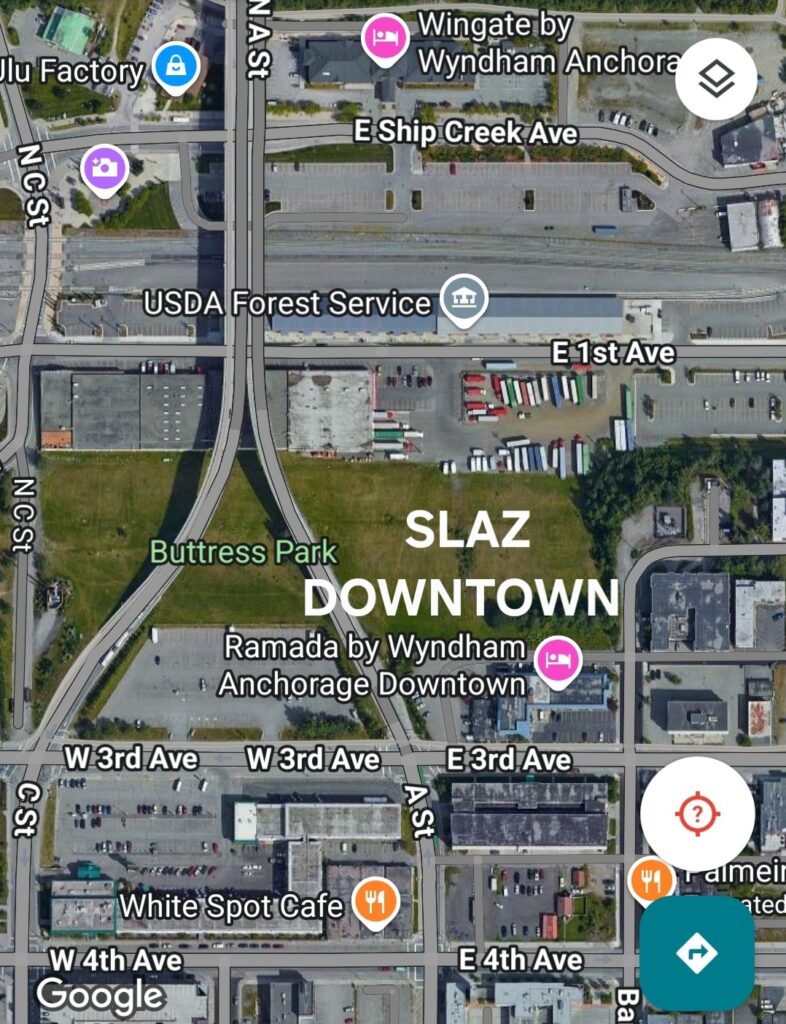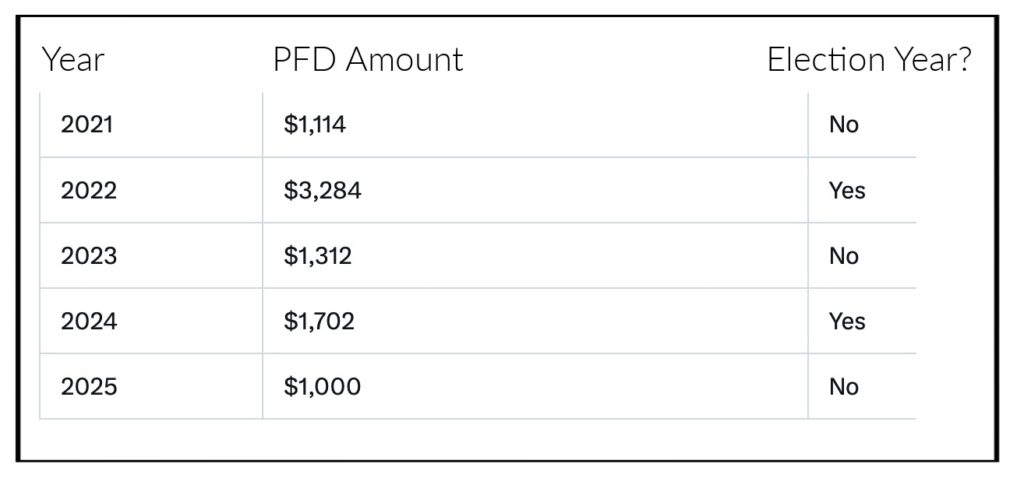US Attorney General Pam Bondi has informed the American Bar Association that it will no longer receive special access to information or participate in the judicial nomination process, citing longstanding concerns over political bias in the organization.
In a letter addressed to ABA President Mary Smith Bay, Bondi criticized the organization for what she described as a “demonstrable” pattern of favoring nominees from Democrat administrations.
The letter ends a decades-long tradition of privileged involvement in vetting federal judicial nominees.
“For several decades, the American Bar Association has received special treatment and enjoyed special access to judicial nominees,” Bondi wrote. “Unfortunately, the ABA no longer functions as a fair arbiter of nominees’ qualifications.”
Bondi noted that in previous administrations, the ABA had been granted early notice of potential nominees and had influence over whether a nomination would move forward based on its internal ratings. That era, her letter made clear, is now over.
“The Office of Legal Policy will no longer direct nominees to provide waivers allowing the ABA access to non-public information, including bar records,” Bondi wrote. “Nominees will also not respond to questionnaires prepared by the ABA and will not sit for interviews with the ABA.”
The decision aligns with longstanding conservative criticisms that the ABA’s judicial evaluation process lacks neutrality and disproportionately favors liberal legal perspectives. Conservative lawmakers have frequently cited cases where conservative nominees were rated poorly, while liberal counterparts with similar or less experience received higher marks.
While the ABA is still free to offer its opinions on judicial candidates, Bondi wrote that it will now be treated “like other activist organizations.”
The Alaska Bar Association plays a similar gatekeeping role in state judicial nominations. Judicial selections in Alaska are made through the Alaska Judicial Council, a constitutionally established body that evaluates applicants for judgeships and sends nominees to the governor. The Alaska Bar Association gets to appoint three of the seven members of the judicial council, a role established by the Alaska Constitution. Along with the Chief Justice of the Supreme Court as the head of the judicial council, this has ensured that liberal judges rule the courts of Alaska.


















